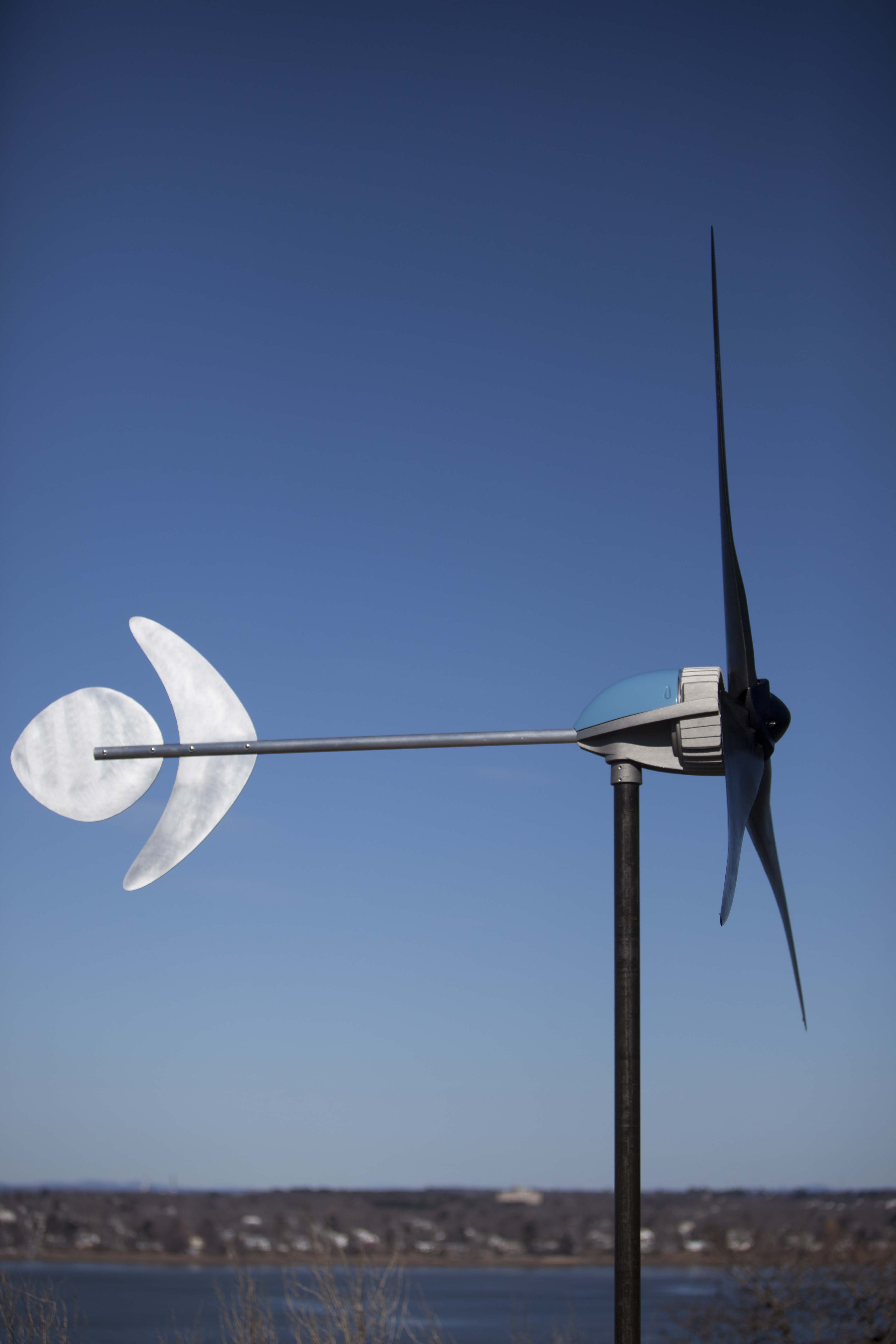By MICK SAGRILLO April 17, 2013

In most locations, small wind turbines (up to 100-kilowatt [kW] nameplate capacity) are still rare enough that local officials have no experience with issuing permits for them. Faced with a request for a building permit, officials often either freeze the process until they can research how other municipalities do it, or they panic and pile on every requirement and restriction they find on the internet. Neither approach is in the best interest of the community, nor of the applicant, and they certainly don’t encourage adoption of distributed wind systems.
Wisconsin’s public benefits program, Focus on Energy, recognized this problem several years ago. Rather than undertake a hand-holding process for every small town in the region, the agency created a model zoning ordinance. The committee surveyed successful small-wind ordinances, listened to concerns from officials responsible for issuing permits and sampled installers on the workability of various permitting processes. The result was Wisconsin’s Small Wind Model Zoning Ordinance (SWMZO; download it here: renewwiscon sin.org/wind/Toolbox-Zonin/Small%20Wind%20System%20Model%20Ordinance%2012-06.pdf). – Links from mag, but does not work.
The document follows the standard for other municipal ordinances, from stating the authority, purpose and definitions to establishing standards, permit requirements, permit procedure and what to do in case of abandonment or permit violations. It was developed as a permitted-use document if adopted in its entirety. However, with the knowledge that some communities may not be ready to adopt a full ordinance, guidelines are given for applying specific sections as a conditional-use permit for a single installation.
The document was vetted by a number of high-level stakeholders, including the Wisconsin Division of Energy, the Public Service Commission of Wisconsin, the Wisconsin Towns Association, the University of Wisconsin Extension Service, the National Renewable Energy Laboratory and two small wind installers. Three reviewers were attorneys specializing in municipal codes and ordinances. The model ordinance was released in early 2006, has been used by many communities and has never been legally contested.
Examples of implementation come from Kewaunee County in northeast Wisconsin. Four townships have permitted a total of seven small wind systems using the SWMZO, as written. The permitted turbines range from 10 kW to 20 kW in nameplate capacity on towers from 112 to 120 feet tall.
More recently, the Distributed Wind Energy Association (DWEA) worked with a variety of stakeholders to create the DWEA Model Ordinance — Permitted Use Regulation for Small Wind Turbines (download at distributedwind.org/assets/docsPandZDocs/dweamodel-zoning-ordinance-passed-01-07-12.pdf – also does not work.) This ordinance covers the same territory as the Wisconsin document, with the same uses, guidelines and restrictions in mind, but it does so in a somewhat different manner and with considerably different language. Either ordinance would enable a community to address permitting small wind turbines.
DWEA’s Zoning Resource Center (distributedwind.org/zoning-resource-center) also contains a variety of information to help permitting and zoning officials understand the “why” behind the “what” in its zoning ordinance. Besides the Reference Guide for DWEA”S Model Ordinance, these include fact sheets on some of the most common misperceptions about small wind, with recommendations as to how to address these issues.
DWEA also worked closely with the National Association of Counties (NACo) to develop resources for its members. For example, the presentation titled “NACo Best Practices 1-12-12” (at distributedwind.org/assets/2012/08/NACo_Best-Practices_1.12.12.pdf) lays out some of the problems that many small-turbine applicants have faced. Two documents titled “NACo Webinar Parts 1 and 2” (distributedwind.org/assets/2012/08/DWEA-NACo-Webinar-Part-1-01-12-12.pdf and distributedwind.org/assets/2012/08/DWEA-NACo-Webinar- Part-2-01-12-12.pdf) explain many of the issues officials need to understand when permitting small wind turbines. Topics include why towers need to be so tall, the siting differences between small and utility-scale wind turbines, how the technology works and the engineering involved in towers and foundations.
In addition to DWEA’s Resource Center, RENEW Wisconsin has posted dozens of fact sheets on many of the issues involved with permitting small wind turbines. These fact sheets, available at renewwisconsin.org/wind/windtoolbox.htm, were developed to answer specific questions about the technology, dispel myths about small wind turbines, and address the needs of a community when permitting small wind systems or developing zoning ordinances.
If your community has little experience with small wind turbines, these resources are available to help you develop your ordinances. Questions about permitting and ordinances for small wind turbines can also be addressed to info@distributedwind.org, or to myself. ST
Mick Sagrillo (msagrillo@wizunwired.net) teaches and consults about wind power, and has powered his home with wind power since 1982.




